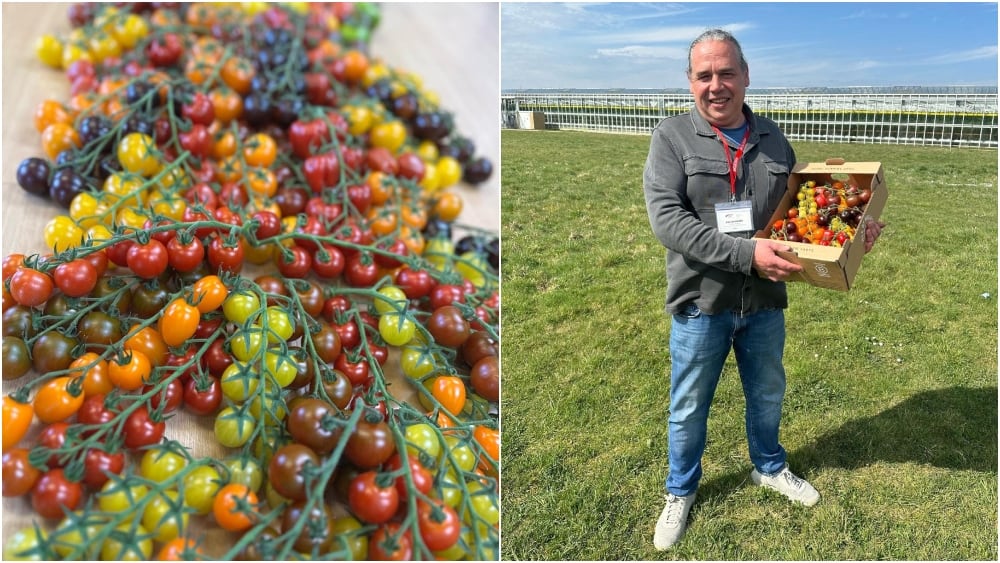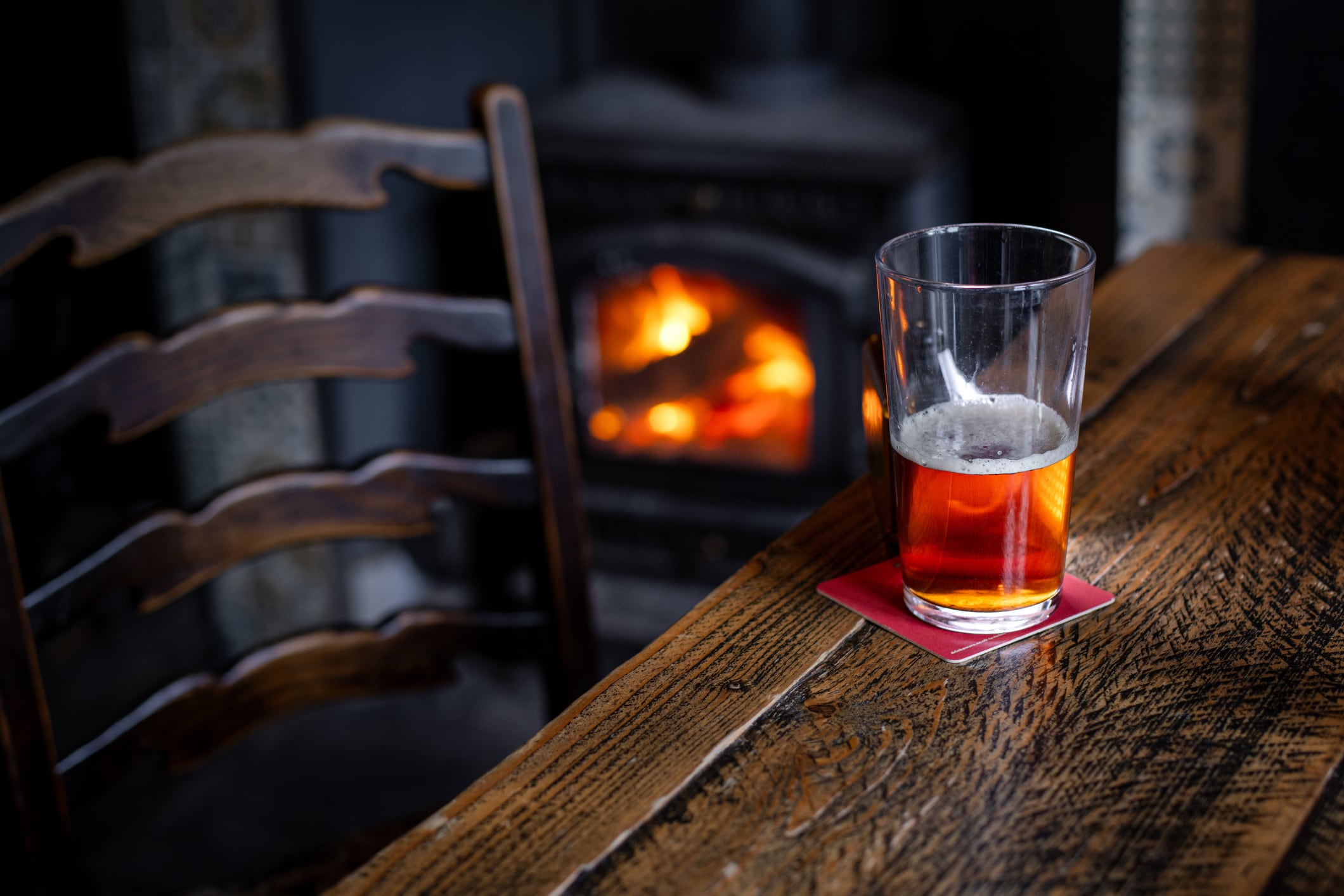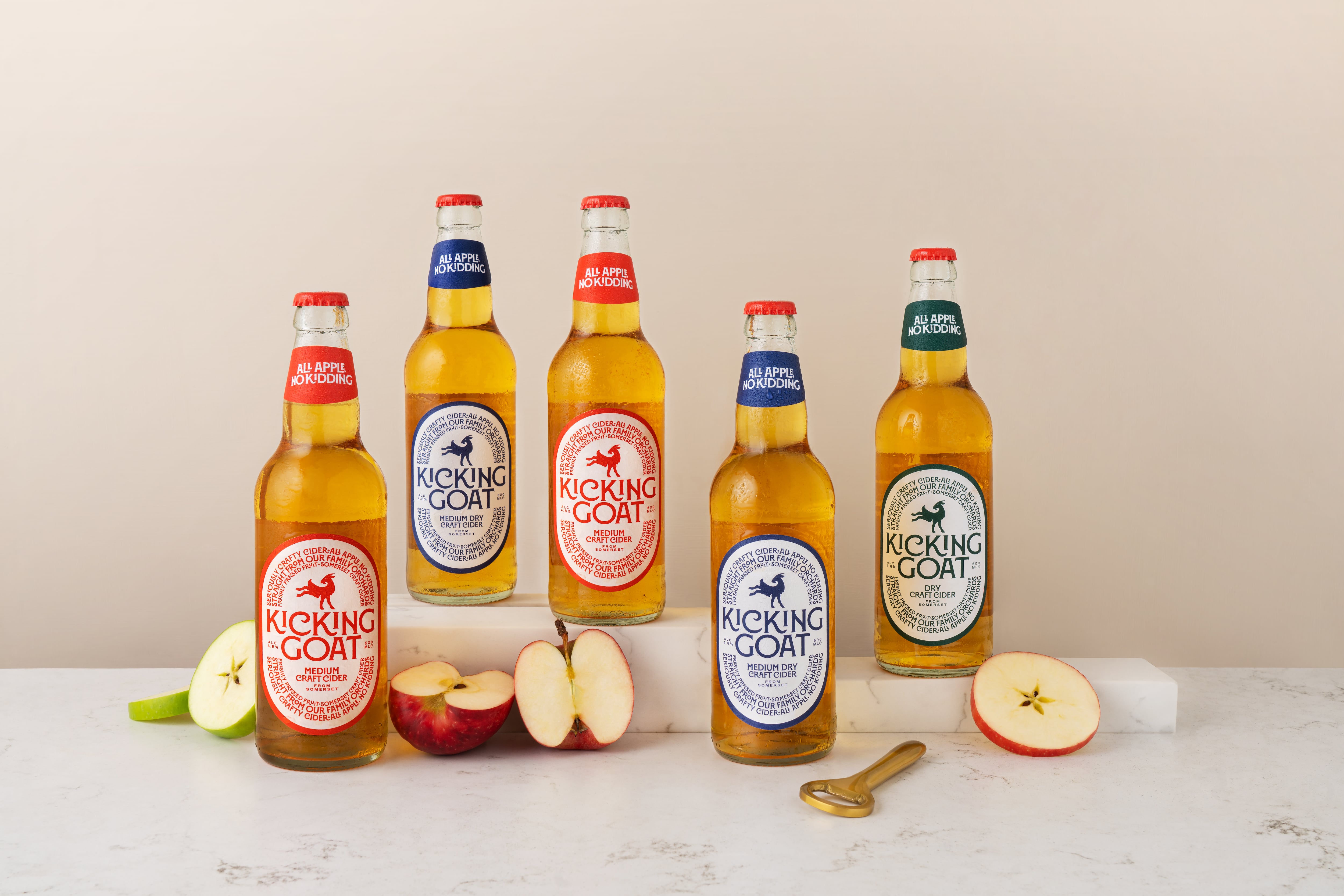The trends tend to start there, in Nine Elms on the south bank of the River Thames.
Finding the latest taste sensation can add sparkle to a pub menu but when you’re looking to be competitive and commercially viable, there’s more to it than the identity or even the price of the products themselves.
During the past 25 years or so, NCGM has become the south-east’s leading location for premium fresh produce from every corner of the globe.
More than 85% of the products sold by the wholesalers on the market’s ‘Buyers’ Walk’ is either bought by catering and hospitality distributors or directly by independent chefs.
When British or international growers are looking to gain a foothold for a ‘new’ product or variety in this country, NCGM is an ideal shop window because its traders have a wide and diverse set of customers – from high-profile Michelin Star holders to independent pubs, and to major pub chains to football clubs and Formula 1 – all searching for ways to stand out from their particular crowd.
If you want a product that’s in season anywhere in the world, the traders at NCGM can supply it, says Jason Linke, director at NCGM’s largest firm The Menu Partners (TMP).

The company is not what you might traditionally have expected to find in a UK wholesale market. The group also includes Premier Food Wholesale and Absolute Taste and will turn over more than £450m this year. From its roots as a fresh produce specialist, TMP now supplies a full range of food to more than 700 British pubs, including the Young’s and Fuller’s estates.
In an environment where food inflation and climate change are just two of myriad daily challenges, Linke outlines six key rules of thumb to focus on to make your menus stronger and more sustainable.
1) Find the right partner
TMP is often heavily involved in the strategic creation of its customers’ menus. When its partnership with TMP began, for instance, Young’s had a 900-strong product list for its chefs to choose from. “You had pubs ordering asparagus at £60 a box, for example, and the ‘not availables’ were horrendous because so much was out of season. No one could hit their GPs with that approach,” Linke says.
“We sat down with the head of Young’s food, Chris Knight, and his team and streamlined that list to around 80 core lines, the everyday products like chips, onions, mushrooms etc. We supplement that with seasonal lists and an ongoing availability calendar.”
Almost immediately, the ‘not available’ list was cut by 60% and there were other positive knock-on effects. “Young’s GP improved because they were now buying seasonal products at lower prices and the consistent quality also meant less wastage,” Linke explains.
“We naturally increased the focus on British produce, taking strawberries off menus when out of season, then asparagus and more products. That’s more cost-effective but it also gets chefs excited about using seasonal produce, and diners are excited to see it back on the menu.”
This level of trust and collaboration is where the added value of true partnerships kick in, he adds. “Every pub is different, so we make sure they’ve got options. We’re here to be used as one of the team.
“Obviously, if a chef wants a specific product for an occasion, we can supply it,” Linke says. “If you’ve got a pub in Knightsbridge, you might use a higher offering than say, in Lewisham (no disrespect Lewisham!) but you’re gearing up the pub for its clientele. Our job is to make sure that there is consistency across every menu, in every pub.”
2) Understand the product
To educate his customers’ chef teams, Linke puts on Inspiration Days with British growers, taking chefs out of the kitchen and introducing them to the production process, the challenges and realities.
“I take groups to our growers and farmers and give them the field-to-fork story,” he says. “Spending time together works for everyone and gives us all an understanding of the potential and the pitfalls at both ends of the spectrum.
“When you introduce busy chefs to great new products at source, it really can inspire. We don’t get chefs visiting the market as much as we used to,” he adds.
“I still believe nothing can beat seeing, smelling and touching the products you’re going to cook with. So, when possible, we walk the market with chefs, select produce, bring it straight back to our state-of-the-art development kitchen and let them start messing about with it – it’s so beneficial.”
3) Make seasonality pay
Traders across NCGM have helped pub customers to bring seasonality back on to their menus. “Surely our pubs should be highlighting home-grown products when they are in season – especially when it makes good commercial sense,” Linke says.
“We’ve now got Scottish girolles, for example. Our customers will pay about £30 a kilo because they are in season, whereas 10 years ago, they’d be coming in from Lithuania at double that price. The product is better, so what’s not to like? There are so many more examples I could use.
“We have to understand our impact on the supply chain, whether that’s fresh produce, meat, fish or any food. There are some instances when it could be cheaper to use imported product but if you analyse the whole basket, would it make much difference? You can shop purely on price, but across the board, supporting British growers is the way forward.”
4) Don’t compromise on quality
“A lot more pub menus have gone towards the high end,” says Linke. “Our customers generally spend a bit more on premium quality because they know it will perform better in the kitchen and less will go to waste.
“But we know there is a line and we’re never that far from it. Unless growers and the hospitality sector get far more support from the Government in the UK, that line will be crossed over the next few years.
“Both industries generate billions and neither of them are getting anything close to the level of support they need.”
5) Be more efficient
Linke and his colleagues are constantly looking for ways to bring down cost but he stresses price is just one element in the overall value chain.
Optimal usage of products and minimal waste in the kitchen and on plate are huge factors. He gives an example of changing mindsets in recent years.
He explains: “If you went out 10 years ago, every plate had a big slab of micro cress on it, whether it added to the meal or not. A lot of that product was being thrown in the bin. Now, chefs understand micro cress is much more than a lavish garnish and it’s used far more effectively and efficiently. It’s still a fantastic product, but our sales of micro cress have gone down. It’s for the right reason though and we 100% support that.”
That principle can relate to every product, he says. “Use it right and you’ve got a relatively easy way to save money. Most chefs are looking closely at portion sizes too. It’s not as simple as reducing the size of a Mars Bar but analysing what comes back uneaten and using that data to create dishes that offer value for everyone is crucial.”
6) Don’t jump on ‘trends’
With more than 40 years of experience under his belt, Linke has seen his fair share of trends.
“I don’t actually like the word,” he admits. “A trend or fad may appear positive but they are often quite damaging. If you see a chef use something on a TV show or TikTok, I can guarantee I’ll be asked for it the next day. It might sound counter-intuitive but that can have a really bad knock-on effect on growers.
“They plan what they plant and grow to satisfy demand months or years in advance of their product coming to market. They can’t be led by trends and pub menus should not be either.
“Trends are, by definition, mostly short-lived and put enormous strain on availability and price. If a grower is encouraged to follow a trend and plant more, what do they do with that additional product when that fad dies away?”




